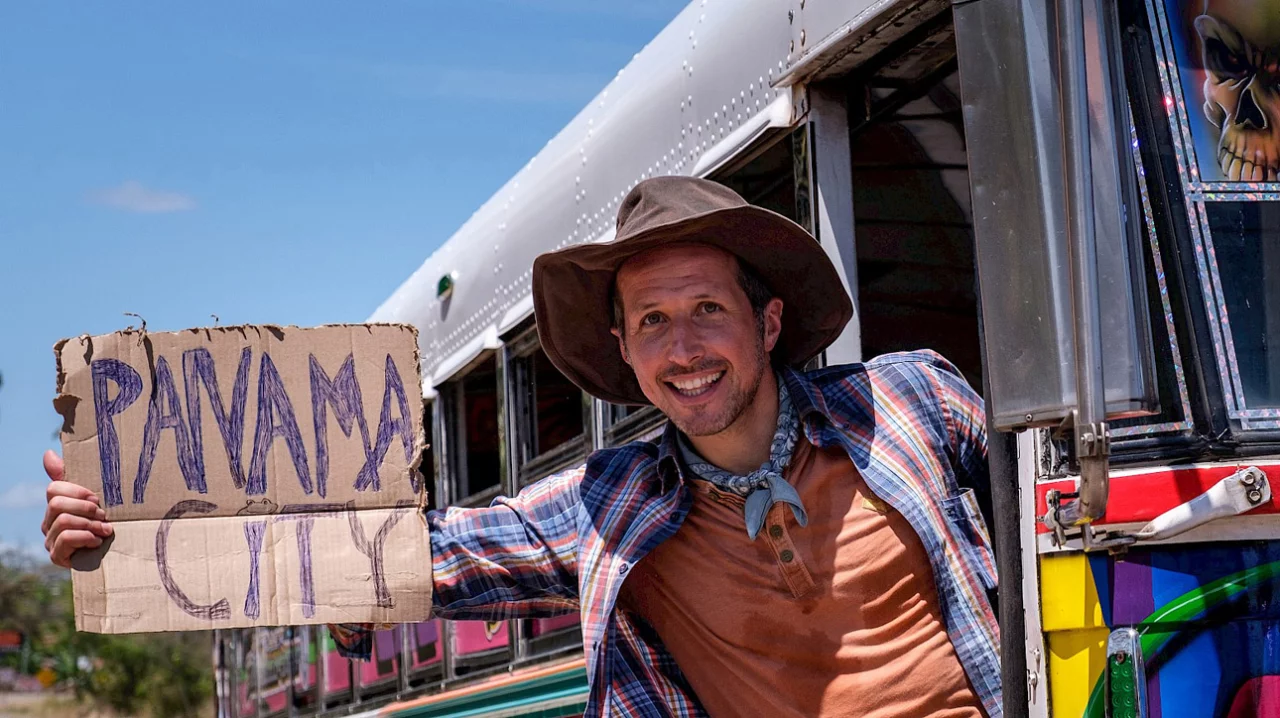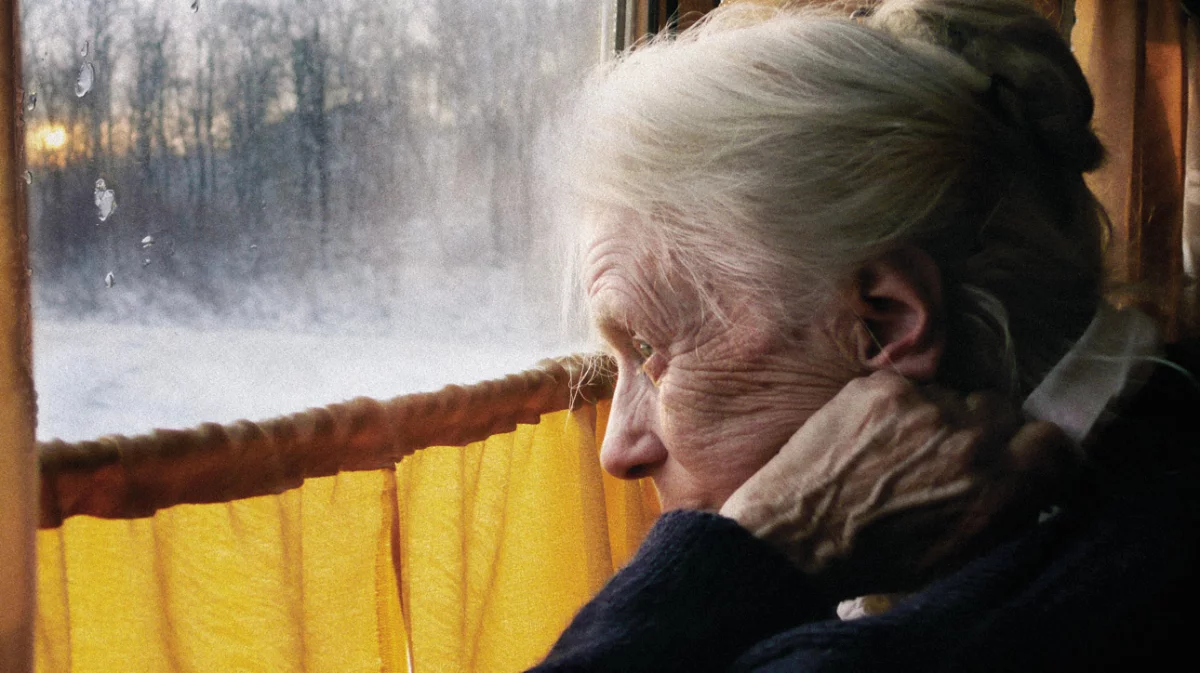
Between Documentary and Crossmedia Project
30.09.2021 | 20 years of Filmtank Hamburg

Following award-winning documentaries such as "The Woman with the Five Elephants" and "The Venice Principle", the production company Filmtank realised the multimedia project "Bauhaus Spirit", which included a cinema film, a VR application, a game and a TV format, to mark the 100th anniversary of Bauhaus in 2019. This year, Filmtank is celebrating its 20th anniversary and the premiere of the cinema film "Willi und die Wunderkröte" as part of Filmfest Hamburg.
Documentary filmmaker Thomas Tielsch was about to set up a documentary film department at Laurens Straub's Next Film in Hamburg: But when Nextfilm moved to Berlin in 1999, Tielsch did not want to change locations. So he founded Filmtank GmbH in the centre of Hamburg's Schanzenviertel district with the help of his friends at Hamburg-based Executive Producers Wüste Film, who came on board as a strategic partner. Since the company was founded shortly before the Berlinale in 2001, around 60 mostly feature-length Documentaries have been produced in Hamburg, in addition to the TV formats produced at Filmtank Berlin and the Stuttgart branch. "From the very beginning, the founding idea was to position ourselves internationally; even the generally understandable and pronounceable company name reflects this." A branch was added in Stuttgart in 2004, followed by Berlin in 2007. Berlin-based Executive Producers Saskia Kress and Michael Grotenhoff are co-partners of Filmtank GmbH. In general, Berlin is now the largest part of Filmtank, as all administrative tasks are now also carried out there. The focus in Berlin is on cross-media and interactive projects, which require immense effort and to which Filmtank Hamburg often contributes the cinema film.
Filmtank has also gained a good international reputation through its Documentary successes, and further renown came with the first major and award-winning cross-media project "Netwars - Out of CTRL". The web documentary on cyber war had over a million clicks and the interactive graphic novel was sold worldwide. "Even before Snowden, this project dealt with surveillance techniques on the internet, hacker attacks on infrastructure and everything that is still relevant today. With this project, we catapulted ourselves to the forefront internationally," says Tielsch. Filmtank's cross-media Bauhaus project was also successful. "Bauhaus is a world cultural heritage site and perhaps the most important German cultural export of the 20th century," explains Thomas Tielsch. While the cinema film "Vom Bauen der Zukunft -100 Jahre Bauhaus" reached the classic arthouse audience, the web formats are aimed at groups travelling on the Internet. Modern art forms such as installations or virtual spaces have already been tried out at the Bauhaus: "The Bauhaus already had the first concepts for immersive art in the 1920s, such as the "Total Theatre" by Oskar Schlemmer and Walter Gropius and the "Space of the Present" by László Moholy-Nagy. We continue to develop such concepts with today's interactive technologies."

Today, Filmtank no longer produces pure television formats, but only cinema films and cross-media projects. "A good ten years ago, when it became clear that the business model based on cinema and TV would not work for us for much longer, we started to concentrate on cross-media projects and cinema films. The fact that we can do both - cinema and interactive processes - and link them thematically in joint projects is certainly a unique selling point of Filmtank," says Tielsch. As there is hardly any public funding for the very complex cross-media projects, the non-profit limited company Interactive Media Foundation was founded as a co-production partner. "As we deal with socially relevant topics, it is also possible to co-finance such projects privately." Like the children's film "Willi und die Wunderkröte", the Bauhaus film is a co-production between Filmtank GmbH and the IMF, the latter without broadcaster participation. Several Fundings are involved, including the MOIN Film Fund.

The film "Willi und die Wunderkröte", in which Willi Weitzel ("Willi will's wissen") delves into the diverse, colourful and always amazing world of amphibians, is also embedded in a multi-dimensional, long-term project. Together with the "Frogs and Friends" initiative, installations are being developed for zoos and natural history museums, for example, to provide access to these animals: "Frogs are super exciting, but they don't easily show what they can do. And the extinction of amphibians has long since reached the same proportions as the extinction of dinosaurs," explains Tielsch. "With our projects, we want to reach people for important issues and, in this case, sensitise them to the threat of species extinction. Interactive formats in particular are a wonderful way to open up horizons and make things more tangible."
Filmtank is also currently enjoying great success with the project "Myriad. Where we connect", which follows the global migration routes of selected animals in different formats and narrative styles. The immersive VR installation celebrated its premiere at the Venice Biennale a few weeks ago and in parallel in other major cities around the world.

Cinema films still have a firm place at Filmtank, even though the market for Documentaries has not become any easier. There are only a few cinemas that release Documentaries. And we don't know how the development of this market will continue. But unlike in the early days of Filmtank, when documentaries led a purely niche existence in the cinema, they now enjoy a higher reputation. Every year, a number of documentaries enjoy a successful cinema run. This is not the case for the majority of documentaries that are released; they are hardly recognised at all. In order to help such documentaries gain more visibility, it is also necessary to rethink the blocking period regulations in times of changing media usage.
more articles






.jpg?fit=max&w=800&h=1080&q=90&fm=webp)